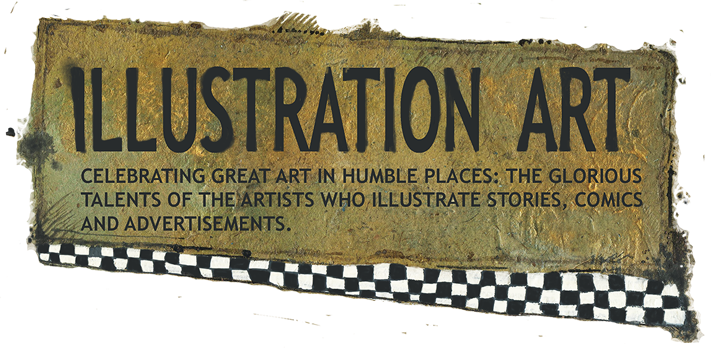As Donald Trump gracefully exits the presidency, the blizzard of words over the 2020 election continues unabated. Rival versions of reality bark, blabber and chirp uselessly at each other from competing cable news sources. Facts gain no traction with people who believe whatever they need to believe in order to get by.
The famous linguist S.I. Hayakawa wrote, "Long before we developed language as we know it, we probably made, like the lower animals, all sorts of animal cries, expressive of such internal conditions as hunger, fear and triumph." Hayakawa explained that our ancient ancestors used sounds for tribal communion rather than to communicate objective information. Today, people daunted by the burdens of civilization have abandoned the meaningful use of objective words and retreated to pre-symbolic utterances.
Ah, but even before our ancestors developed language they had images. Now as words lie exhausted by the side of the road, pictures still retain their ancient magic. People have figured out that words lie-- a good vocabulary and grammar can be misdirected by any con man, pimp or president-- but good drawing doesn't lie; its integrity can't be separated from its line.
Which brings me to this drawing by the talented political cartoonist Ann Telnaes:
By understanding line, color and composition Telnaes has designed a strong, effective picture with unity and integrity. Note the elements that she brings together here: the composition has the energy and force of an arrow. She uses the high contrast / dark color at the tip of the arrow, penetrated by that bright red zig zag tie, to start our eye exactly where she wants it. Once we're there, the artist establishes her initial joke with father time. (She also shows that she knows know how to draw deranged eyes.)
Both the design and the content are enhanced by her ability to abstract the human form into a rubbery trapezoid (perhaps a legacy from her years at Disney?)
From that starting point she leads our eye into a widening trail of disaster.
Telnaes knows enough perspective to foreshorten the trail leading up to the trapezoid, but a purely realistic, mechanical perspective would've been boring. By distorting the objects with a flair, she gives them an additional snap which keeps us interested from one object to the next.
She also integrates the objects with pattern and design, something too often neglected in modern cartooning:
Rather than join in the fruitless battle of words, Telnaes uses the power of an artist's symbols. She doesn't write an op-ed with psychological explanations for the president's immaturity, she plants a pacifier at his feet and lets the concept unfold from there.
Hundreds of thousands of pages of legal prose have been carefully drafted for more than 60 failed lawsuits around the country, yet those lawsuits are so detached from reality they might as well have said, ceci n'est pas un legal brief. The fact that the lawsuits were universally rejected by judges didn't affect the beliefs of those with no regard for the meaning of words. Telnaes doesn't try to join in the debate of words, she plants a pitcher of Kool-Aid and lets the visual symbol do its work. Viewers are drawn into understanding the significance of the pitcher, and once they've done that they've been tainted by the concept.
In today's debased political vocabulary, calling someone a "liar" has lost its sting. But oboy, those drawings still have a bite, at least judging from the brutes who become so enraged by Telnaes' pictures that they threaten her with violence.
My point isn't that a particular politician is good or bad, my point is that even when language begins to disintegrate as a means of communicating what is real and what is not, drawing has a truth and integrity all its own. We see its power in the way it communicates concepts and the reactions it evokes.






















































